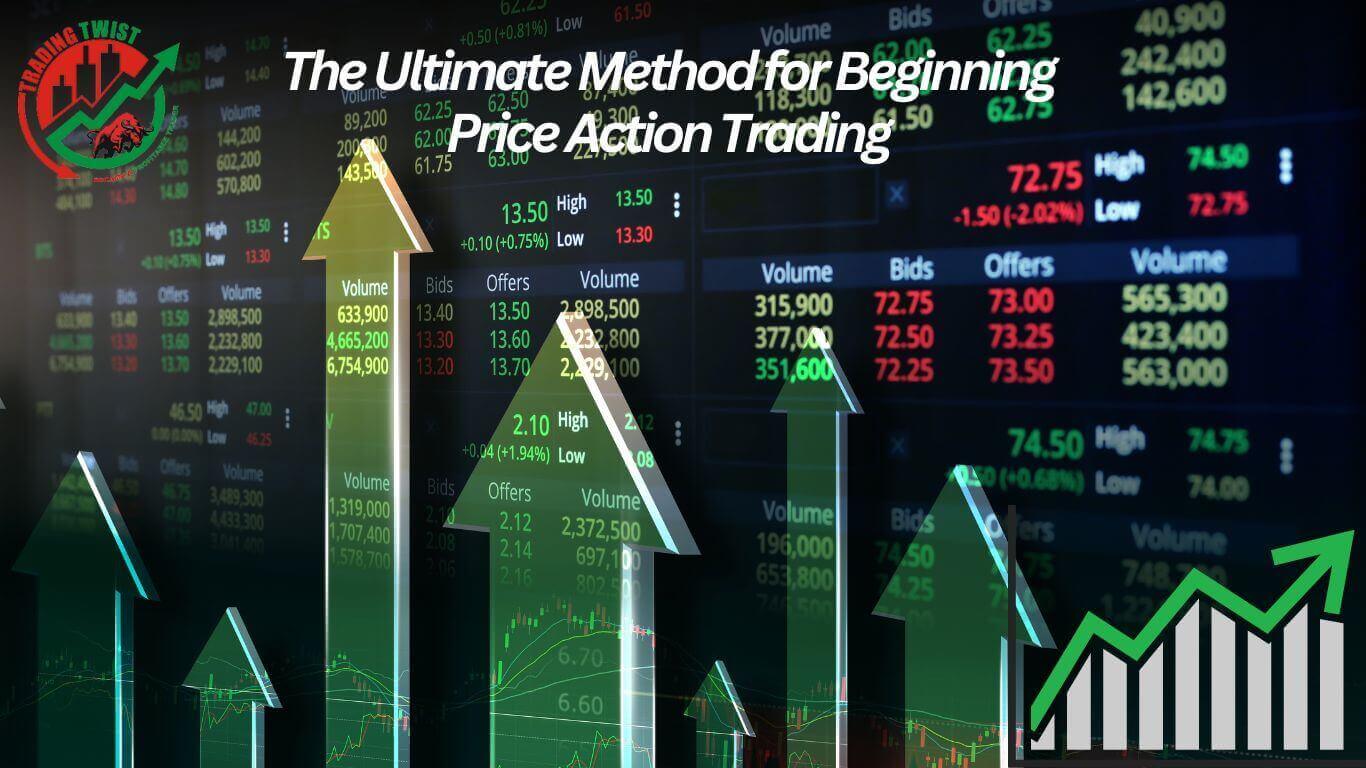
Price action trading is a trading strategy that involves analyzing the price movements of an asset to make trading decisions. This approach relies on the use of charts and technical analysis tools, rather than relying on news and other fundamental factors.
Some of the basics of price action trading include:
Reading and analyzing price charts: Understanding how to read and interpret price charts is essential for price action traders. This involves looking at different timeframes and identifying patterns, trends, and other indicators that can provide insight into the market.
Identifying key levels of support and resistance: Price action traders use support and resistance levels to identify potential entry and exit points for trades. These levels are areas where the price has previously found support or resistance and is likely to continue to do so in the future.
Analyzing price patterns: Price action traders also look for patterns in the price movements of an asset. Some common patterns include trendlines, channels, and triangles, which can provide insights into potential market direction and momentum.
Helping you identify the best time to enter and exit a trade
Price action traders use a variety of tools and techniques to identify the best time to enter and exit a trade. This includes looking at technical indicators such as moving averages and oscillators, as well as analyzing patterns and trends in the price chart.
Some of the key factors that price action traders consider when entering and exiting trades include:
The overall trend of the market: Price action traders look for trends in the market and try to enter trades in the direction of the trend. This can increase the chances of success and help traders avoid entering trades against the trend.
Key support and resistance levels: Traders often look for opportunities to enter trades at key support and resistance levels. These levels can provide a good entry point for trades with a clear risk-reward ratio.
Price patterns and indicators: Price action traders also look at patterns in the price chart. And use technical indicators to confirm potential entry and exit points.
Explaining how to use Fibonacci retracements and levels to improve your trading results
Fibonacci retracements and levels are tools used by price action traders to identify potential support and resistance levels in the market. These tools are based on the Fibonacci sequence. And can help traders identify areas where the price is likely to find support or resistance. Fibonacci retracements and levels can be used in conjunction with other technical indicators. And can provide valuable insights into the market.
Teaching you how to use trendlines to identify areas of support and resistance
Trendlines are a common tool used by price action traders to identify areas of support and resistance in the market. Trendlines are drawn on the price chart and connect two or more price points. These lines can help traders identify potential areas where the price is likely to find support or resistance.
Sharing the best techniques for risk management in price action trading
Risk management is a critical component of any trading strategy, and price action trading is no exception.
Some of the best techniques for risk management in price action trading include:
Using stop-loss orders: Stop-loss orders are used to limit potential losses on a trade. These orders are placed at a predetermined price level and can help traders minimize their losses if the trade goes against them.
Using position sizing: Position sizing involves determining the appropriate size of a trade based on the amount of risk that the trader is willing to take on. This can help traders avoid overexposure to any single trade and can help manage overall risk.
Maintaining a trading journal: Keeping a trading journal can help traders track their trades and identify areas where they need to improve. This can help traders learn from their mistakes and refine their trading strategy over time.
Encouraging you to use live trading platforms to improve your skills
Live trading platforms are an essential tool for any trader looking to improve their skills in price action trading. These platforms provide real-time market data and allow traders to practice their strategies in a simulated trading environment. By using a live trading platform, traders can gain experience and confidence without risking real money.
Some of the benefits of using live trading platforms include:
Real-time market data: Live trading platforms provide real-time market data, which is essential for price action traders. This data allows traders to make informed decisions and react quickly to changes in the market.
Simulated trading environment: Live trading platforms allow traders to practice their strategies in a simulated trading environment. This can help traders gain experience and confidence without risking real money.
Backtesting: Many live trading platforms allow traders to backtest their strategies on historical data. This can help traders identify potential weaknesses in their strategy and refine their approach over time.
In Conclusion
Price action trading is a popular and effective trading strategy that relies on analyzing the price movements of an asset to make trading decisions. By mastering the basics of price action trading, identifying key entry and exit points, and implementing sound risk management techniques, traders can improve their trading results and achieve success in the markets. Using live trading platforms to gain experience and confidence can also be a valuable tool for traders looking to improve their skills in price action trading.








